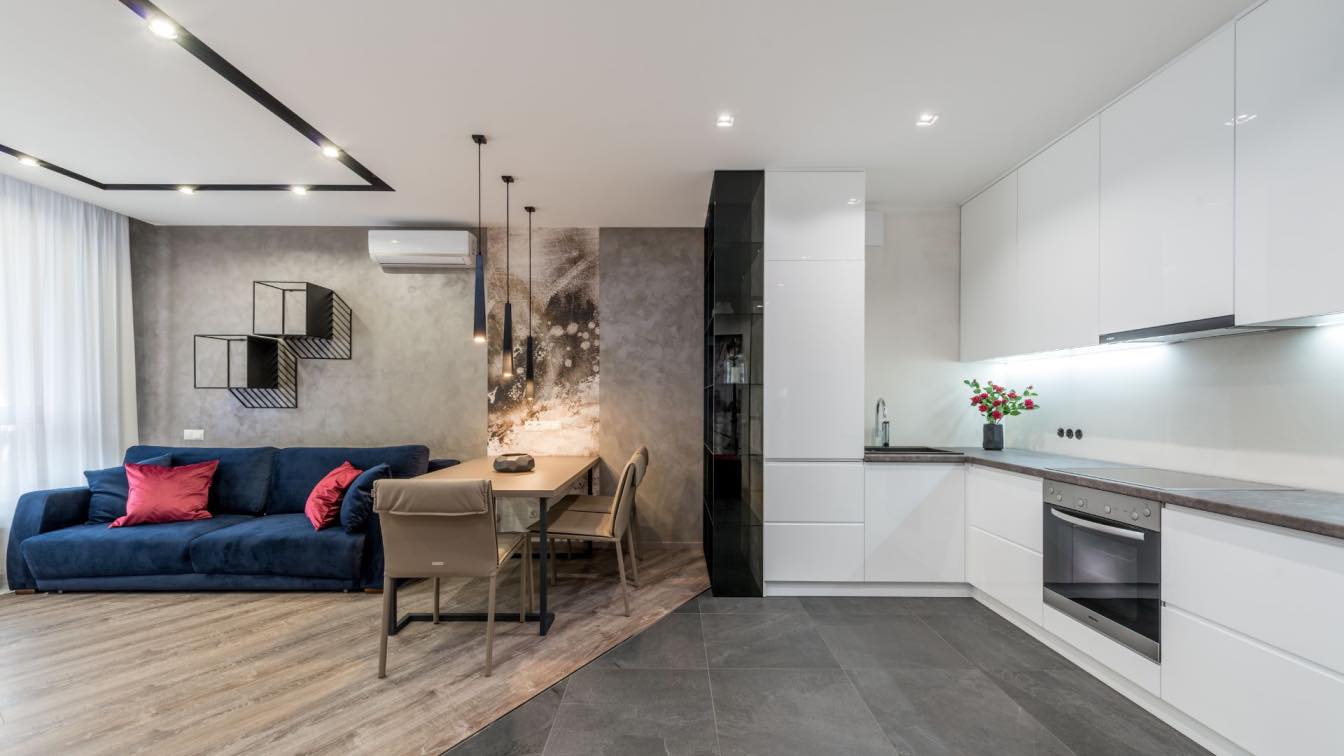The right university can shape your career, mindset, and habits. It’s not only about rankings. Students must think about subjects, workload, and future goals. Architecture combines design, maths, and practical skills. But it also requires strong planning and focus.
Your grades depend on how well you handle all parts, not just the creative side. Homework can pile up fast, and some universities are stricter than others. It’s also key to ask yourself what type of school works for your needs. Do you prefer small classes or large ones? A city campus or quiet surroundings? Think about your learning habits, goals, and support options.
Many schools include Economics, Management, or Construction Budgeting, which means extra assignments and complex ideas. Managing that load is not always easy. Students look for tools to help them study better. One such ai homework tool is Edubrain.ai, which has grown fast in recent years. Some use AI for homework to save time and stay on track, while others rely on smart tools for model planning or quick research. You’ll face deadlines, group work, and constant feedback.
Knowing how to choose architecture school means thinking ahead. Make a checklist. Include AI tools, subject focus, and grading systems.
Understand What Makes a Good Architecture Program
To choose the right architecture school means looking beyond rankings or names. A strong program must support both education and career goals. The points below can help students build their own checklist when comparing options.
Accreditation: Look for national or regional accreditation. In the US, NAAB is required for licensure. In the UK, check for RIBA and ARB approval. Accreditation confirms that the program meets key standards.
Course Content and Studio Culture: Review the course structure. It should include design, history, and building technology. Studio culture can vary—some promote teamwork, others focus on independent thinking.
Faculty and Industry Links: Qualified staff with active roles in architecture add real value. Professors with recent practice often bring strong connections to firms and research.
Balance of Skills: A good course includes design theory, drawing skills, and construction knowledge. Balance across these areas builds a stronger foundation.
Internships and Projects: Some schools offer links to live projects or firm placements. These give students direct exposure to work conditions and client needs.
Global View and Exchanges: International exchanges or joint studios with foreign schools offer new methods. Programs linked with Erasmus+ or similar schemes bring fresh perspectives.
Students can use these points to guide decisions. Each student values different features—your goals should match the program’s focus.
Top Universities for Architecture Around the World
Here is a table with key details about some of the best architecture schools in the world. These institutions are known for strong teaching, advanced research, and unique programme features.
|
University |
Location |
Degree Programmes |
Distinctive Feature |
|
MIT (Massachusetts Institute of Technology) |
Cambridge, USA |
BArch, MArch, SMArchS, PhD |
Focus on research in urbanism and computation |
|
ETH Zurich |
Zurich, Switzerland |
BSc, MSc, Doctorate |
Strong technical training and integration with engineering |
|
UCL (University College London) |
London, UK |
BSc, MArch, MSc, PhD |
Bartlett School known for experimental studio work |
|
TU Delft (Delft University of Technology) |
Delft, Netherlands |
BSc, MSc |
Large-scale design labs and focus on sustainability |
|
NUS (National University of Singapore) |
Singapore |
BA (Arch), MArch, PhD |
Regional focus and integration with tropical design |
|
Politecnico di Milano |
Milan, Italy |
BSc, MSc, PhD |
Strong links to design and construction industries |
|
University of Tokyo |
Tokyo, Japan |
BEng, MEng, PhD |
Mix of modern technology and traditional methods |
These schools represent different teaching styles and local contexts. Many are considered among the best architecture schools due to their academic depth and global recognition. Each one offers a unique mix of design, theory, and technical education.
Consider Location, Cost, and Support Services
Choosing a university also means thinking about daily life. Tuition varies between countries, and living costs can change based on city size. Big cities often mean higher rent and transport fees. Rural campuses may offer lower costs but fewer work options nearby.
Housing is another key point. Some schools provide student accommodation, while others rely on private rentals. Check what support services the school offers—this includes mental health, academic help, and visa support.
Language is critical too. Some top schools teach in English, others in their national language. Always confirm the language used in lectures and coursework.
Architecture students also need access to labs, model workshops, and specialist libraries. These tools help students test ideas and build strong portfolios.
Budgeting and planning are vital in architecture. Materials, printing, and software often cost extra. Learning to manage money can support both academic work and future careers.
Match Your Learning Style and Career Goals
Architecture schools differ in how they teach and what they value. Some focus on design and concept development. Others give more time to structure, construction, and building systems. Students who enjoy drawing, theory, and spatial ideas may prefer a design-led path. Those more interested in building methods or engineering may look for a technical course.
Location also affects the type of projects schools focus on. Some universities study local culture and building traditions. Others explore global methods, with projects from many regions. Students should think about where they hope to work in the future.
Some schools place strong focus on abstract thinking and experimental work. Others highlight real-world application, site work, and material use. Your interests should match what the school promotes in its studios and lectures.
Career goals also help shape the right choice. Those looking to teach or research may seek academic links. Students who want to work in private firms may look for industry projects. Others may plan to work in public planning or housing sectors. Each school supports different paths. Matching these goals with the school’s approach helps build a clear direction and a more focused education.
Talk to Students and Alumni
Speaking with students and alumni can give useful insight. They can explain what studio life feels like and how staff teach. Ask about workload, pressure, and how well the school supports them. These voices can reveal what brochures leave out.
Students also ask about job placement and internships. Alumni can say how well their school prepared them for real work. They can also explain how they built their portfolios and found work after graduation.
Use forums, social media groups, and university open days. These places allow real questions and honest answers. It is easier to trust someone who lived through the course than to trust rankings alone.
Hearing different views helps build a clear picture. Some schools may look great on paper but feel very different in person. Taking time to ask real people makes your decision more informed and personal. It also shows what you can expect from daily life at the school.
Understand the Long-Term Value of the Degree
An architecture degree must meet licensing rules. Each country sets its own steps to become a registered architect:
1. In the UK, students need RIBA and ARB-approved degrees.
2. In the US, NAAB-accredited degrees support licensure.
Accreditation helps students move between countries. Without it, work abroad may require extra exams or retraining. School reputation can also affect job chances. Employers may trust certain schools more due to past student performance.
A respected school often builds strong links with firms. These connections support internships, job leads, and project work. Alumni networks offer mentorship and advice. Students use these links to find their first roles.
Architecture needs both creativity and rule-based work. Courses must teach design and also meet legal, technical, and safety standards. Students should choose a course that supports future goals and meets all national requirements. The long-term value lies in both the degree and where it can lead.
Make a Well-Informed Decision
Choosing an architecture school means more than reading rankings. It requires careful thought about learning style, career plans, and personal needs. Each programme offers a different mix of design, theory, and technical training. Some focus on global practice, others on local methods. Your choice should reflect what you want from your future.
Accreditation and school reputation affect where and how you can work. Speaking with students adds insight beyond brochures. Costs, housing, and daily life also shape your time at university. Strong support and useful resources help students succeed.
Architecture combines creative skill with legal and technical knowledge. A good decision looks at both short-term study and long-term value. Research each option well. Take time to compare what each school offers. Think clearly and weigh each factor before you apply.





